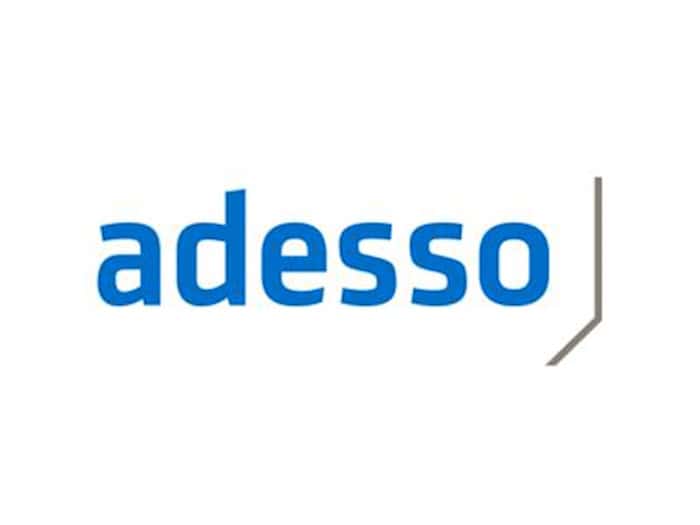
Sustainable action also increases efficiency and therefore reduces costs in the long term. At the same time, it improves the company’s image. Environmentally conscious customers feel more attracted. The survey also shows that recruiting aspects and employee satisfaction should not be underestimated in this context. When identifying with a company, young employees attach great importance to how it is positioned when it comes to sustainability.
The environmental impact of IT solutions is already a relevant problem today and will continue to increase in the future. According to the Öko-Institut, an annual emission of two tons of CO2 per capita would be just about climate-friendly. In fact, the average German emits 12 tons per year, 850 kilograms of which are caused by the use of digital solutions alone. It is therefore worth focusing more on the topic of digital sustainability.
Just in time for European Sustainability Week and the German Sustainability Action Days, expert Yelle Lieder, Green IT Lead at adesso, gives companies ten tips on how to improve their carbon footprint when using digital tools.
1. Data economy
An IT infrastructure can be compared to a minimalist work of art – every superfluous file is like a distracting blob on the canvas. Regularly deleting unnecessary files, uninstalling unused applications and strictly organizing the email inbox transforms IT into a lean, energy-efficient masterpiece. Every saved file consumes energy, so it’s time to declutter and save.
2. Optimize email usage
Emails are the silent energy guzzlers in everyday digital life. They cause a lot of server load. Data traffic can be significantly reduced by taking targeted measures, such as unsubscribing from unnecessary newsletters or carefully selecting recipient groups. Compressed attachments or cloud solutions such as OneDrive or Dropbox also help to minimize the load on the digital infrastructure and reduce energy consumption.
3. Saving energy on devices
Standby devices are like sleeping vampires that secretly suck electricity. They should be switched off completely, as the cumulative power consumption is often underestimated. Regular employee training and reminders are simple and effective measures to raise awareness of this in everyday working life.
4. Hardware care
The service life of devices can be extended through regular care and maintenance. Protective covers, for example, offer additional protection against damage. Defective devices should also be repaired or, if this is not possible, recycled responsibly or donated. In this way, companies can significantly reduce the amount of electronic waste.
5. Sustainable technology selection
The conscious selection of environmentally friendly digital tools can be a decisive factor. Companies should check the environmental standards of manufacturers and give preference to products with low energy consumption and recyclable materials. In this way, they promote the use of environmentally friendly solutions and set an example for a sustainable future.
6. Reusing data
Why reinvent the wheel? Efficiency is the key to sustainability. Existing digital content and resources can often be reused, which can significantly reduce resource consumption. Presentations and documents can be shared within the company to avoid duplication of work and unnecessary use of energy.
7. Virtualization and cloud solutions
Virtualization and cloud solutions increase the efficiency of IT infrastructure – especially when they are operated in data centers that use renewable energy. This can significantly reduce CO2 emissions.
8. Optimizing energy consumption
It is advisable to continuously monitor the energy consumption of IT systems. This allows inefficient processes to be identified. Regular updates and optimization of these processes can sustainably reduce energy consumption.
9. Promoting mobility and remote working
Promoting remote working and decentralized working models not only increases the flexibility of employees. Travel expenses can also be significantly reduced. Less travel means lower CO2 emissions – a benefit for everyone.
10. Sustainable procurement
Sustainable action can also be taken when procuring IT equipment and services. Companies should give preference to suppliers that focus on environmentally friendly practices and thus also keep an eye on the ecological footprint of their customers.
“Sustainability is the key to long-term success for companies,” says Lieder. “Over the next 20 years, initiatives such as the European Green Deal or the German Climate Protection Act will result in ever stricter emission limits and increased reporting obligations. They require innovative solutions and a change in behavior in the private and professional environment. Acting now is a responsible business move.”
– – – – – –
Further links
👉 www.adesso.de
Photo: pixabay




